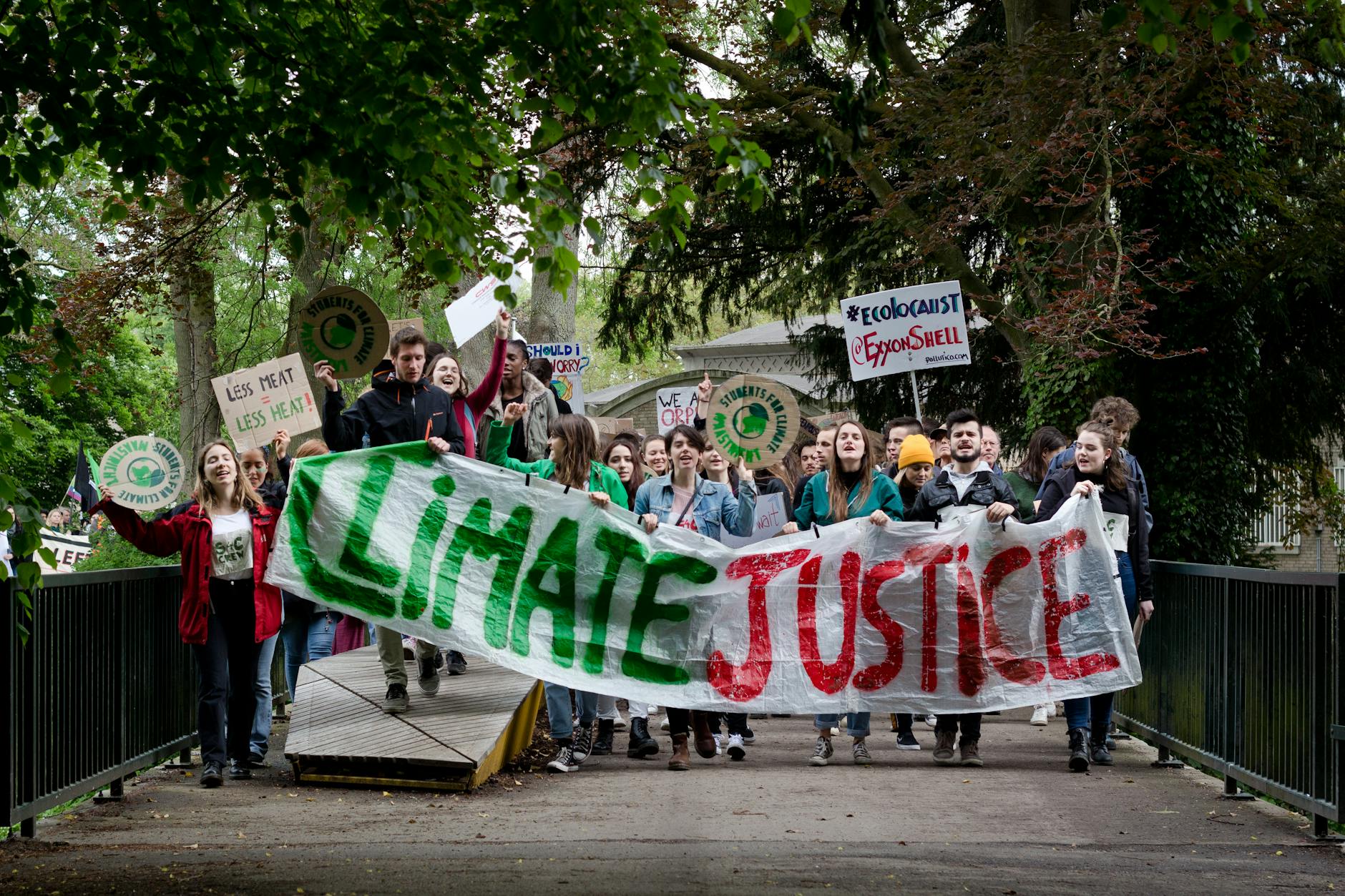Ever wondered why democracy still holds strong in our complex societies? At its core, democracy is a civic bargain, an agreement among citizens to follow collective rules and engage in shared governance. This concept, illuminated by thinkers like Josiah Ober, underscores the idea that democracy thrives on the active participation and negotiation of its diverse members. In today’s political climate, understanding democracy as a dynamic, pluralist system is crucial for fostering resilient and inclusive governance. This post will explore how these ideas shape our political landscape and why they matter more than ever.
Understanding Pluralist Democracy
When discussing democracy, it’s essential to recognize that it isn’t one-size-fits-all. Pluralist democracy, in particular, offers a unique perspective on how societies can manage and distribute power among diverse groups. This section delves into what pluralist democracy means and how it has evolved over time.
Definition and Key Characteristics
Pluralist democracy is a model of democracy where multiple groups and organizations hold power. Unlike systems where a single entity or elite dominates, pluralist democracy emphasizes the importance of diversity and the distribution of power. Here are some key characteristics:
- Multiple Centers of Power: Power is not concentrated in one place. Instead, various groups compete and collaborate to influence policy and decision-making.
- Role of Interest Groups: In a pluralist democracy, interest groups, like unions, business organizations, and advocacy groups, play a crucial role. They represent different segments of society and work to ensure their members’ voices are heard.
This model reflects the reality that society is a complex web of interests and identities, all vying for influence and representation.
Historical Context
Pluralist democracy didn’t develop overnight. It has deep historical roots, shaped by numerous thinkers and political movements over centuries. Here are a few pivotal moments:
- The Enlightenment: The 18th century brought forth ideas about individual rights and the importance of diverse opinions in governance.
- 19th and 20th Century Social Movements: Labor unions, civil rights movements, and other social movements pushed for more inclusive and representative governance.
- Key Figures: Thinkers like James Madison, who in the Federalist Papers argued for a large republic to prevent any one group from gaining too much power, laid the groundwork for pluralist democracy.
These historical milestones helped shape pluralist democracy into what it is today, emphasizing the importance of balancing diverse interests.
Pluralism in Modern Democracies
Today, pluralist principles are alive and well in many democratic societies. They help create a balance where various groups can coexist and influence policy without one overpowering the others. Let’s look at some examples:
- United States: The U.S. is often cited as a prime example of a pluralist democracy. Various interest groups, from environmental organizations to business lobbyists, actively influence legislation and public policy.
- European Union: Within the EU, different countries and interest groups must work together to craft policies. This collaboration is a hallmark of pluralist democracy.
- Local Governments: Even at the local level, cities often have numerous advisory boards and committees representing different community interests, ensuring that decision-making is inclusive.
By allowing various groups to have a say, these modern democracies strive to create a more balanced and inclusive system. They acknowledge that governance is a complex process that benefits from a multitude of voices.
Photo by Vincent M.A. Janssen: 
Understanding pluralist democracy helps us appreciate the intricate dance of power and representation that keeps our societies functioning. By recognizing the importance of diverse voices, we can better navigate the challenges of modern governance.
Democracy as a Civic Bargain
Democracy is often seen as a system where citizens come together to make collective decisions. This isn’t just about voting; it’s about a deeper agreement among people. Let’s dive into what makes democracy a civic bargain.
The Civic Bargain Concept
A civic bargain refers to the agreement or set of compromises made by citizens to live together under shared rules and policies. This idea frames democracy as a series of continuous negotiations where:
- Citizens agree on basic rules and principles.
- They commit to tolerate and respect different viewpoints.
- They participate in decision-making processes and abide by the outcome, even if they disagree.
This concept can be compared to a family agreeing on house rules. Everyone may not always get their way, but they agree to follow the rules for the collective good.

Photo by cottonbro studio
Historical Examples
History provides many instances where civic bargains have helped shape democratic governance:
- The U.S. Constitution (1787): The Founding Fathers negotiated among themselves to create a new government structure that balanced power among different branches.
- The Magna Carta (1215): This document was a compromise between King John of England and rebellious barons, setting up early principles of legal limits on power.
- Post-World War II Europe: Various countries agreed on treaties and institutions like the European Union to ensure peace and cooperation after the war.
These historical examples show that democracy often emerges from practical compromises rather than ideological purity.
Challenges to the Civic Bargain
Maintaining this civic bargain is not without challenges. Today, democracies face several hurdles:
- Polarization: Increasing political and social divides make compromise difficult. When citizens see each other as enemies rather than fellow negotiators, the civic bargain breaks down.
- Declining Trust: Trust in institutions like the government, media, and even science is falling. When people don’t trust the systems meant to uphold the civic bargain, participation and respect for outcomes diminish.
- Misinformation: The spread of false information can skew public opinion and erode the basis for informed decision-making, crucial for a healthy civic bargain.
Addressing these challenges requires re-engaging citizens in the process and rebuilding trust in democratic institutions.
Understanding democracy as a civic bargain helps highlight the importance of mutual agreements and continuous participation. By focusing on compromise and collective value, societies can work towards stronger, more resilient governance systems.
The Role of Civic Education
Civic education is essential in sustaining a vibrant democracy. It empowers citizens with the knowledge and skills they need to participate actively in democratic processes. Let’s explore how civic education builds a well-informed citizenry, promotes engagement, and addresses the challenges of disinformation.
Building Civic Knowledge
A well-informed citizenry is the backbone of any democracy. When people understand democratic principles, they can make better decisions and engage more effectively.
- Understanding Democracy: Civic education teaches the foundational concepts of democracy, like voting, the rule of law, and individual rights.
- Critical Thinking: It encourages critical thinking, helping citizens analyze and evaluate information rather than accepting it at face value.
- Awareness of Responsibilities: Citizens learn about their rights and responsibilities, fostering a sense of duty to participate in democratic processes.
In essence, civic education equips individuals with the tools they need to be active, informed participants in their government, much like players understanding the rules of a game to play effectively.

Photo by Sebastian Dziomba
Promoting Civic Engagement
Knowing about democracy is only the first step; active participation is crucial. Civic education can inspire citizens to get involved in various ways:
- Voting: Educating citizens about the importance of voting and how to register can increase voter turnout.
- Community Involvement: Encouraging participation in community groups, local government meetings, or volunteer activities helps people feel connected to their community.
- Advocacy: Teaching advocacy skills empowers citizens to campaign for issues they care about, ensuring diverse voices are heard.
These strategies create a culture where participation is valued, and everyone feels their contribution matters, much like each piece of a puzzle coming together to form a complete picture.
Addressing Disinformation
Disinformation is a significant threat to democracy, undermining trust and distorting public perception. Civic education can help mitigate these effects:
- Media Literacy: Teaching citizens how to identify credible sources and recognize bias is crucial in a world saturated with information.
- Fact-Checking Skills: Providing tools and techniques for verifying information helps individuals make informed decisions.
- Promoting Dialogue: Encouraging open dialogue and debate helps counteract the spread of false information and promotes understanding.
By addressing disinformation, civic education ensures that citizens have a clearer, more accurate understanding of issues, helping them make decisions based on facts rather than falsehoods.
Civic education is fundamental in nurturing informed, engaged, and discerning citizens, ensuring that democracy as a civic bargain thrives.
Case Studies: Pluralist Democracy in Action
Pluralist democracy isn’t just a theory; it’s a dynamic practice that shapes how societies function. Let’s explore some real-world examples to understand how pluralist democracy works in different contexts.
The United States
In the United States, pluralist democracy is deeply ingrained in the political system. Multiple interest groups play a vital role in influencing government policies and decision-making processes.
- Interest Groups: Numerous interest groups, ranging from environmental organizations to business associations, actively lobby Congress and the public. These groups write letters, organize protests, and even draft legislation.
- Political Compromises: The U.S. Constitution itself is a product of pluralist democracy. The Founding Fathers had to negotiate and compromise on various issues, such as the balance of power between large and small states. This spirit of compromise continues today; legislative outcomes often reflect a balance of competing interests.
Interest groups and political negotiation form the bedrock of U.S. governance, ensuring that multiple viewpoints are considered in policymaking.
The European Union
The European Union (EU) offers a fascinating example of pluralist democracy on a supranational level. The EU’s complex governance structure embodies pluralist principles, balancing the interests of its member states with those of various stakeholders.
 Photo by Ingo Joseph
Photo by Ingo Joseph
- Multilevel Governance: The EU operates through multiple layers of governance, including the European Commission, the European Parliament, and the Council of the European Union. Each layer represents different interests and constituencies, from individual member states to European citizens.
- Stakeholder Involvement: Various stakeholders, including non-governmental organizations (NGOs), business groups, and civic organizations, participate in EU policymaking. They provide input through consultations and lobbying efforts.
This multilevel approach ensures that the diverse interests of 27 member states are represented, making the EU a model of pluralist democracy.
Local Governance Examples
Pluralist democracy isn’t limited to national and supranational levels; it thrives in local governance too. Communities around the world practice pluralist democracy through inclusive decision-making processes.
- Participatory Budgeting: Some cities, like Porto Alegre in Brazil, use participatory budgeting. Residents are directly involved in deciding how to allocate parts of the municipal budget, ensuring that spending reflects community priorities.
- Community Councils: In many towns and cities, community councils or advisory boards are set up to represent different groups. These councils provide a platform for residents to voice their concerns and influence local government decisions.
Local governance examples show that pluralist democracy can be effectively practiced even at grassroots levels, promoting community engagement and ensuring that local decisions reflect the will of the people.
Understanding these case studies helps us appreciate how pluralist democracy operates in various contexts, from national governments to local community councils. This recognition is crucial for fostering inclusive and representative governance in our own communities.
Conclusion
Pluralist democracy and the concept of the civic bargain form the backbone of resilient societies. Understanding these ideas emphasizes the importance of diverse groups participating in shared governance.
Democracy thrives on ongoing negotiation and compromise. This constant engagement among citizens ensures that no single group holds all the power. Recognizing and valuing these elements is crucial for healthy, inclusive democracies.
By focusing on these principles, societies can navigate political challenges and foster a more cooperative and stable environment for all.